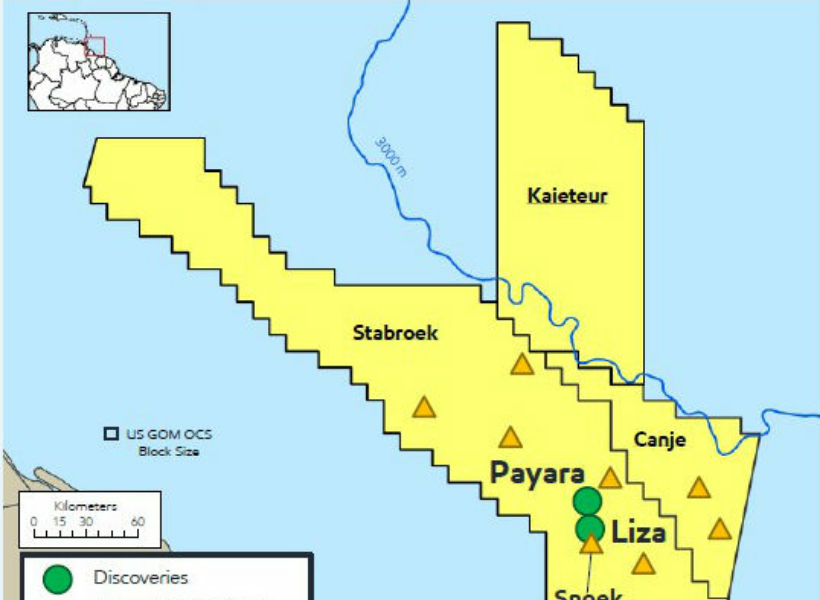The infrastructural landscape of Guyana is set to undergo a significant shift with the extraction of oil and gas from 2020. Concerning energy production, the Coalition Government has plans to use the nation’s newfound natural gas to bolster the Guyana Power and Light (GPL)’s electricity grid.
“So, we have gas. What we are doing is building out the architecture. It comes in by pipeline and we will have a 188-megawatt power plant,” Minister of Public Infrastructure David Patterson was quoted by the Department of Public Information (DPI) as saying on Saturday’s Voice of Guyana radio programme.
Destined to come on stream by 2021, Minister Patterson related that the natural gas, “is the cheapest and cleanest of the non-renewable sources [of energy].”
This initiative will comply with the Government’s Green State Development Strategy (GSDS) Vision 2040, which seeks to ensure oil extraction in association with natural gas production is done most beneficially.
With the new power plant in operation, it is expected to produce a surmountable amount of energy unlike any existing power plant in Guyana, Minister Patterson noted, “We will have more than enough power in the country”.
Also, the new power plant will result in astronomical savings for the country since power generation costs will decrease.
“The money that you save that would have previously used to buy diesel and fossil fuel to run GPL, you can put that back into the economy,” said the Public Infrastructure Minister.
Bearing oversight for GPL, Minister Patterson explained that the new power plant, while a medium-term solution to achieving redundancy in the power company’s network, is not the only measure being pursued. GPL has been granted permission by the minister to purchase an additional 33 megawatts that will allow the utility company to have a total capacity of 160 megawatts.
“That gives you about 40 megawatts of reserves based on our current load. So, that will carry you until 2021 when you have the gas in line and the new generating sets [with the new power plant],” Minister Patterson conveyed.
At present, GPL falls short of the total reserves needed in the system. Minister Patterson further explained that the power company must not only be able to meet its peak demand but have excess capacity in reserves. While the international convention demands 10% to 15% of reserves that function in cases of emergencies, GPL stands at 8%.
(Extracted and modified from the Department of Public Information).













